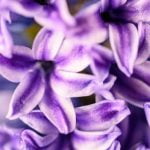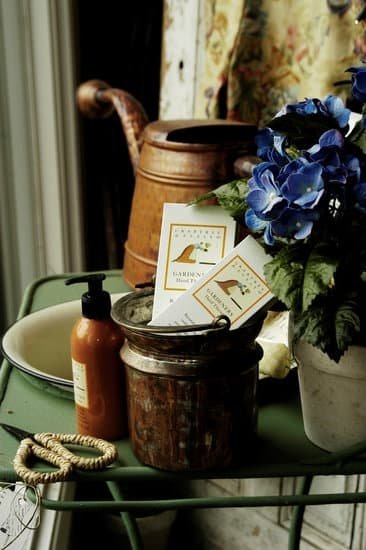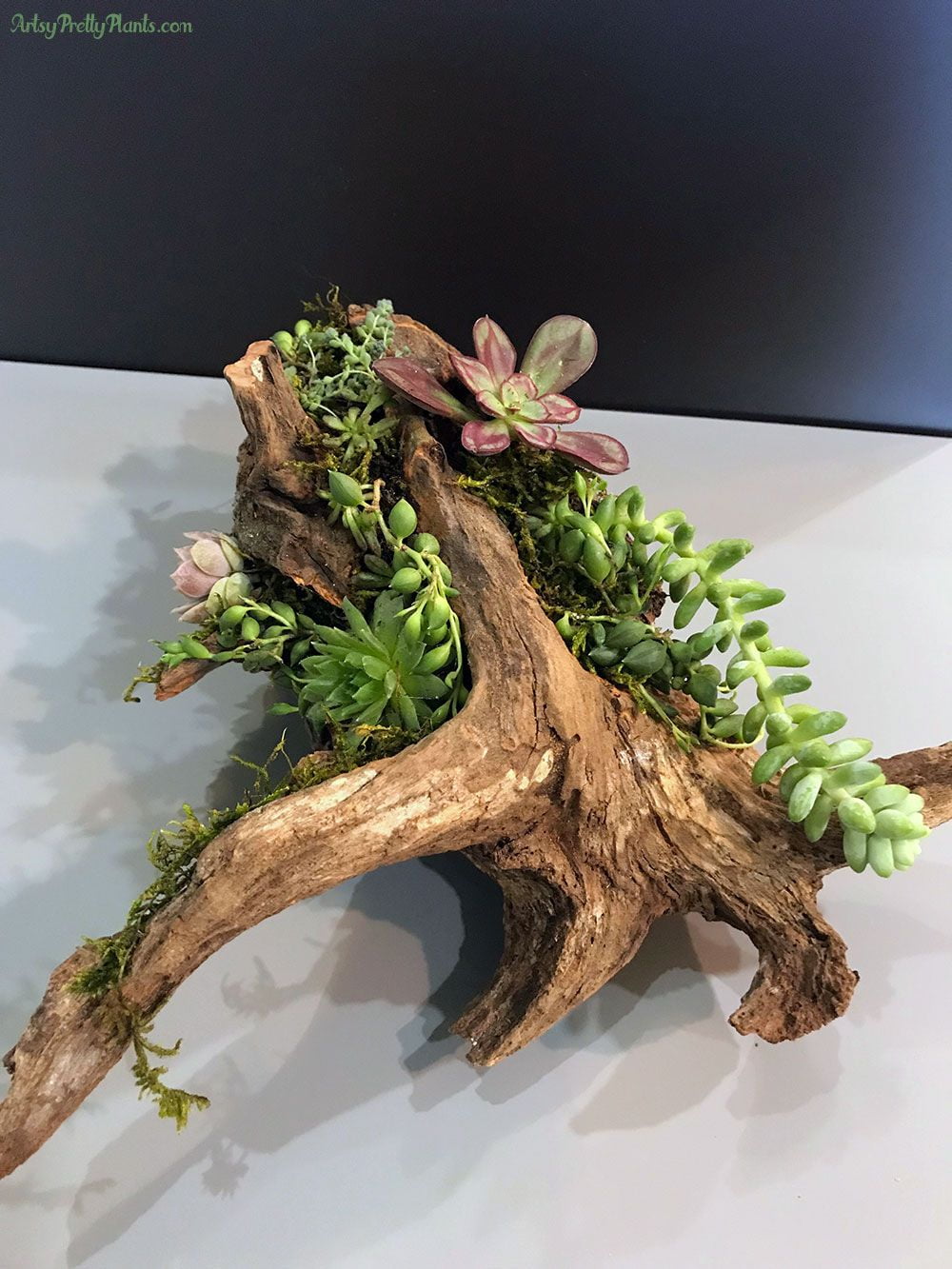Are you a beginner looking for gardening ideas for beginners at home? Whether you have a spacious backyard or a small apartment balcony, gardening can be an enjoyable and rewarding hobby. In this article, we will provide you with the essential knowledge and tips to help you get started on your gardening journey.
Gardening offers numerous benefits, both physically and mentally. It provides a great way to stay active, reduce stress, and connect with nature. As a beginner, it’s important to familiarize yourself with the basics of gardening, including plant selection, soil preparation, and maintenance techniques. With the right information and guidance, you can create a thriving garden in no time.
In the following sections, we will explore various aspects of gardening for beginners. From choosing the right plants for your space to dealing with pests and diseases naturally, this article will equip you with the knowledge and skills necessary to start your own home garden. So let’s dive into the world of gardening and discover how to cultivate your green thumb.
Selecting the Right Plants for Your Space and Climate
When it comes to starting a garden at home, one of the most important steps is selecting the right plants for your space and climate. Whether you have a small balcony or a spacious backyard, choosing the best plants for your environment will set you up for success in your gardening endeavors. Here are some tips to help beginner gardeners make the right plant selections:
- Consider your space: If you have limited space, such as a balcony or patio, consider growing herbs, small vegetables, or flowers in containers. For those with more room, options expand to include larger vegetables, fruit trees, and ornamental shrubs.
- Research climate requirements: Different plants thrive in different climates, so it’s essential to research the specific needs of each plant you’re considering. Take note of sunlight requirements, temperature tolerance, and water needs to ensure your chosen plants will flourish in your particular climate.
- Start with easy-to-grow varieties: As a beginner gardener, it’s best to start with plants that are known for being low-maintenance and resilient. Look for varieties that are suitable for beginners and are known to adapt well to various growing conditions.
By taking these factors into consideration when selecting plants for your garden, beginners can set themselves up for gardening success while enjoying the process of nurturing their own green space at home. With careful planning and research, even those new to gardening can create a thriving outdoor oasis that brings joy and satisfaction.
Container Gardening
For individuals living in apartments or homes with limited outdoor space, container gardening offers a practical and versatile solution. This method of gardening allows beginners to cultivate a wide variety of plants in pots, hanging baskets, or other containers, making it an ideal option for those with small patios, balconies, or even just a sunny windowsill.
Choosing the Right Containers and Plants
When embarking on container gardening, it is crucial to select the right containers and plants for your space and climate. Consider the size of your containers, ensuring they provide enough room for root growth, drainage holes to prevent waterlogging, and suitable materials such as terracotta or plastic. Additionally, choose plants that are well-suited to container living, such as herbs, salad greens, dwarf varieties of vegetables and fruits, and compact flowers.
Maximizing Your Space
One of the key advantages of container gardening is its flexibility in maximizing available space. Utilize vertical gardening techniques by hanging baskets or installing wall-mounted planters to make the most of limited surface area. Additionally, consider stacking pots or using tiered shelving to create layers of greenery. By creatively utilizing every inch of space available, beginner gardeners can achieve a lush and bountiful garden even in restricted areas.
Maintaining Your Container Garden
Proper maintenance is essential for the success of a container garden. Regular watering is crucial as potted plants tend to dry out more quickly than those in the ground. It is also important to fertilize your container plants periodically to replenish nutrients depleted from frequent watering. Lastly, keep an eye out for any signs of pests or diseases that may affect your plants and take swift action using natural remedies if necessary.
Overall, container gardening offers endless possibilities for beginners looking to embark on their gardening journey at home. With the right choices in containers and plants along with proper maintenance techniques, even those with limited space can enjoy the therapeutic benefits and satisfaction of nurturing their own little piece of nature.
Essential Tools and Supplies for Beginner Gardeners
Whether you have a green thumb or are just starting to develop an interest in gardening, having the right tools and supplies is essential for a successful and enjoyable gardening experience. When it comes to gardening ideas for beginners at home, having the proper equipment can make the process easier and more fulfilling. Here are some essential tools and supplies that every beginner gardener should consider investing in.
One of the most important tools for any gardener, especially beginners, is a good quality trowel. This hand tool is crucial for planting, transplanting, and digging small holes for seeds or bulbs. A sturdy pair of gardening gloves will also protect your hands from thorns, cuts, and blisters while working in the garden.
In addition to handheld tools, beginner gardeners should also invest in a durable watering can or hose with a nozzle attachment for easy and efficient watering. It’s important to keep your plants hydrated, especially during hot summer months. Other basic supplies to consider include potting soil, fertilizer, mulch, plant markers, and a sun hat to protect yourself from the harsh rays of the sun while working outdoors.
As you begin your gardening journey, it’s important to remember that having the right tools and supplies will not only make your tasks easier but also enhance your overall experience. By equipping yourself with these essential items, you’ll be well-prepared to embark on your gardening adventure and turn your living space into a beautiful oasis of greenery and life.
Preparing Your Soil for Planting
Soil preparation is a crucial step in creating a successful garden. The quality of your soil will directly impact the health and growth of your plants. Here are some tips and techniques to help beginners prepare their soil for planting:
1. Test Your Soil: Before you start planting, it’s important to test the pH level and nutrient content of your soil. You can purchase a soil testing kit from your local gardening store or send a sample to a professional lab for analysis. This will help you determine if any amendments are necessary to create the optimal growing environment for your plants.
2. Add Organic Matter: One of the best ways to improve your soil is by adding organic matter such as compost, aged manure, or shredded leaves. These materials help improve soil structure, water retention, and nutrient levels. Mix in the organic matter thoroughly with your existing soil to ensure an even distribution.
3. Consider Raised Beds: If your existing soil is poor quality or if you have limited space, consider creating raised beds for gardening. This allows you to have more control over the soil composition and drainage while also reducing weed and pest problems.
4. Use Mulch: Once you’ve planted your garden, consider using mulch to cover the soil surface around your plants. Mulch helps retain moisture, suppresses weeds, regulates soil temperature, and adds organic matter as it breaks down.
By following these tips and techniques for preparing your soil for planting, beginners can set themselves up for gardening success. With healthy soil, you’ll be on your way to enjoying a thriving garden filled with beautiful and bountiful plants.
Watering and Maintenance
Understanding Your Plants’ Watering Needs
One of the most important aspects of maintaining a healthy garden is proper watering. Different plants have different watering needs, so it’s essential to understand the requirements of the plants you have chosen for your garden.
Researching and understanding the specific needs of each plant will help you provide the right amount of water at the right time, leading to healthy and thriving plants. Overwatering or underwatering can both be detrimental to your garden, so finding the balance is key.
Establishing a Watering Schedule
Creating a consistent watering schedule for your plants will help maintain their health and vitality. Many gardening experts recommend watering in the morning to allow the plants to absorb moisture throughout the day and avoid excess moisture during cooler evening temperatures, which can lead to fungal diseases. However, depending on your climate, it may be necessary to adjust your watering schedule accordingly. Monitoring soil moisture and weather conditions can also help you determine when and how much to water.
Maintaining Your Garden
In addition to proper watering, regular maintenance is essential for keeping your garden healthy. This includes tasks such as weeding, pruning, and mulching. Weeds can compete with your plants for nutrients and water, so removing them regularly is important.
Pruning helps promote healthy growth and shape plants as they grow, while mulching helps retain moisture in the soil and suppresses weeds. By staying on top of these maintenance tasks, you can ensure that your garden continues to thrive throughout the growing season.
By implementing these watering and maintenance tips, beginner gardeners can set themselves up for success in their gardening endeavors. Remember that every garden is unique, so don’t be afraid to experiment and learn from your own experiences. With dedication and patience, even novice gardeners can enjoy a flourishing home garden filled with beautiful and bountiful plants.
Dealing With Pests and Diseases
One of the challenges that beginner gardeners often face is dealing with pests and diseases that can harm their plants. However, there are many natural remedies and prevention methods that can help maintain a healthy garden.
One of the most effective ways to prevent pests and diseases is to choose plants that are well-suited to your climate and growing conditions. Researching which plants are resistant to common pests and diseases in your area can save you a lot of trouble in the long run.
Additionally, companion planting is a great natural way to prevent pests from invading your garden. Certain plants repel specific insects, so strategically planting these companion plants alongside your main crops can help keep pests at bay. For example, planting marigolds near tomatoes can deter nematodes, while basil can help repel mosquitoes and flies.
Another important aspect of preventing pest infestations is maintaining good gardening practices. Keeping your garden clean and free from weeds not only looks tidy but also reduces hiding spots for pests. Removing any diseased or damaged plant material promptly can also prevent the spread of diseases throughout your garden.
| Natural Remedies | Prevention Methods |
|---|---|
| Companion planting | Choose resistant plants |
| Diatomaceous earth | Maintain good gardening practices |
| Neem oil | Regularly inspect plants for signs of disease or pests |
Harvesting and Enjoying the Fruits of Your Labor
After all the hard work and dedication you’ve put into your beginner home garden, it’s finally time to enjoy the fruits (and vegetables, flowers, or herbs) of your labor. Harvesting your homegrown goodies is an exciting and rewarding experience, but it’s important to do it at the right time and in the right way.
When it comes to harvesting your plants, timing is everything. Each type of plant has its own cues for when it’s ready to be harvested. For example, tomatoes should be picked when they are fully colored and slightly soft to the touch, while lettuce should be harvested before it bolts and becomes bitter. It’s important to research each plant you’re growing to know the best time for harvesting.
Once you’ve determined that your crop is ready for harvest, it’s time to gather them up. Gently pluck or cut fruits, vegetables, or flowers from their stems or vines using clean and sharp tools to avoid damaging the plant. Be sure to handle them with care as you collect them in a basket or container. And finally, savor the satisfaction of enjoying the delicious produce that you nurtured from seed to harvest.
| Plant | Harvesting Time |
|---|---|
| Tomatoes | When fully colored and slightly soft |
| Lettuce | Before bolting and becoming bitter |
| Carrots | Once they reach desired size (usually about 1 inch in diameter) |
Conclusion
In conclusion, gardening is a rewarding and fulfilling hobby that offers numerous benefits for beginners. Whether you have a small space or ample room, there are countless gardening ideas for beginners at home to explore. From selecting the right plants for your climate to learning about container gardening, there are plenty of options to kickstart your gardening journey.
By following essential tips and techniques, such as preparing your soil and maintaining your garden, you can ensure the health and growth of your plants. It’s also important to be mindful of dealing with pests and diseases using natural remedies and prevention methods. With the right tools and supplies, you can easily overcome any challenges that may arise in your garden.
Ultimately, as beginner gardeners, it’s important to remember that gardening is a continuous learning experience. Embrace the joy of harvesting the fruits of your labor and enjoy the beauty of nature that surrounds you. Gardening not only provides us with fresh produce but also improves mental well-being and connects us with our environment. So, take the plunge and start planting – you’ll be amazed at what you can achieve.
Frequently Asked Questions
What Should I Garden for Beginners?
For beginners, it’s best to start with easy-to-grow plants like herbs, lettuce, tomatoes, and peppers. These plants are relatively low-maintenance and can thrive in various environments, making them perfect for those new to gardening.
How Do I Start Gardening for the First Time?
Starting a garden for the first time requires some basic preparation. Begin by choosing a suitable location with plenty of sunlight and good soil drainage. Then, decide what plants you want to grow and plan out your garden layout. Finally, gather the necessary tools and supplies before planting.
What Vegetables Are Easiest to Grow for Beginners?
Some of the easiest vegetables to grow for beginners include carrots, radishes, green beans, and leafy greens like spinach and kale. These vegetables are typically low-maintenance and can be grown in containers or directly in the ground with minimal effort.

Welcome to my gardening blog! I am passionate about plants and enjoy sharing my knowledge and experiences with others. In this blog, I will write about everything related to gardening, from tips on how to get started to updates on my own garden projects.





